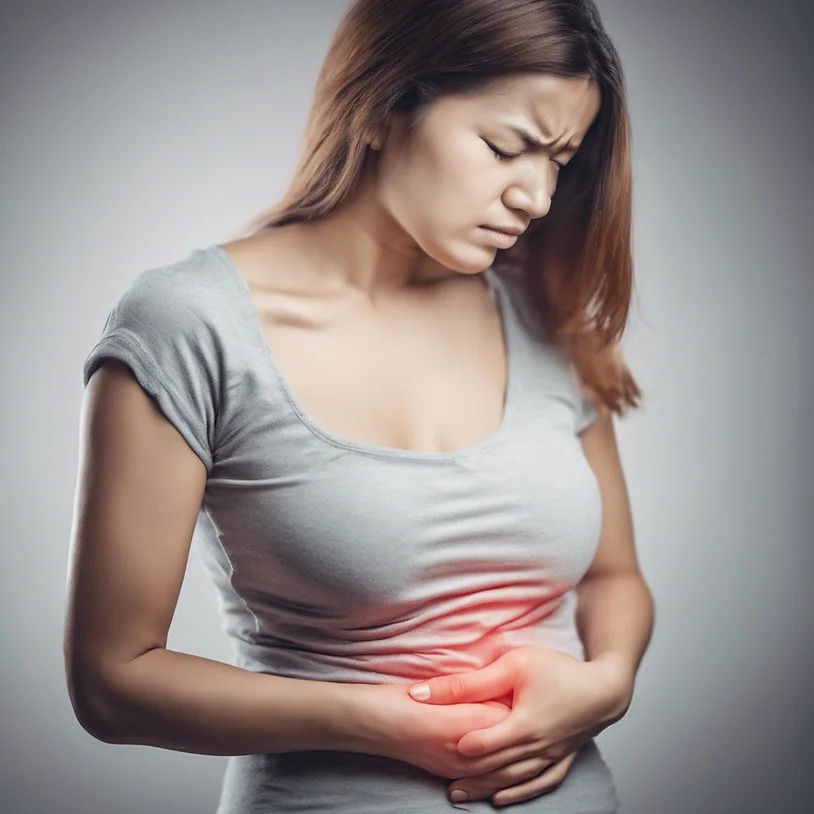As women, your bodies go through a beautiful yet sometimes challenging cycle each month: Menstruation. Alongside the physical and emotional changes, your nutritional needs can also fluctuate during this time. Understanding how your menstrual cycle impacts your body's absorption of nutrients can help you make informed choices about what to eat to support your health and well-being throughout the month. Let's delve into some insights and practical tips to help you optimize your nutrition during your period.
Phase 1: Menstrual Phase (Days 1-5)
During the menstrual phase, your body is shedding the uterine lining. This phase is often accompanied by symptoms like fatigue, cramps, and mood swings. Iron levels may be lower due to blood loss, leading to fatigue and even anemia in some cases. To combat this, focus on foods rich in iron such as lean meats, leafy greens, legumes, and fortified cereals. Incorporating vitamin C-rich foods like citrus fruits and bell peppers can enhance iron absorption.
Phase 2: Follicular Phase (Days 6-14)
As your body prepares for ovulation, estrogen levels rise during the follicular phase. This surge in estrogen can boost serotonin levels, which may help alleviate mood swings and cravings. Aim for balanced meals with a mix of complex carbohydrates, lean proteins, and healthy fats to stabilize blood sugar levels and support mood regulation. Include foods rich in omega-3 fatty acids such as salmon, walnuts, and flaxseeds to reduce inflammation and ease menstrual discomfort.
Phase 3: Ovulation (Day 14)
Ovulation marks the release of an egg from the ovary, typically around day 14 of the menstrual cycle. Estrogen levels peak during this phase, which can enhance energy levels and cognitive function. Embrace nutrient-dense foods like leafy greens, berries, and nuts to fuel your body with vitamins, minerals, and antioxidants. Don't forget to stay hydrated by drinking plenty of water and herbal teas to support hormonal balance and optimal cellular function.
Phase 4: Luteal Phase (Days 15-28)
During the luteal phase, progesterone levels rise in preparation for menstruation. This hormonal shift may trigger cravings for sweets and salty foods, as well as bloating and fluid retention. To combat these symptoms, prioritize whole foods rich in magnesium, such as bananas, almonds, and dark chocolate, to help alleviate bloating and muscle cramps. Incorporate fibre rich foods like vegetables, fruits, and whole grains to support digestion and stabilise blood sugar levels.
General Tips for Optimal Nutrition Throughout Your Cycle:
Listen to Your Body: Pay attention to your hunger and cravings throughout your cycle. Honor your body's signals while making mindful choices about the foods you consume.
Stay Hydrated: Drink plenty of water throughout the day to support cellular function, hormone balance, and overall well-being.
Prioritize Nutrient-Dense Foods: Focus on incorporating a variety of colorful fruits, vegetables, lean proteins, and healthy fats into your meals to nourish your body with essential nutrients.
Manage Stress: Practice stress-reducing techniques such as yoga, meditation, or deep breathing exercises to support hormonal balance and overall health.
By tuning into your body's needs and making informed choices about your nutrition, you can support your health and well-being throughout your menstrual cycle. Remember, every woman's experience is unique, so feel empowered to experiment with different foods and strategies to find what works best for you. Here's to embracing your menstrual cycle as a natural and empowering part of your life journey!


Comments